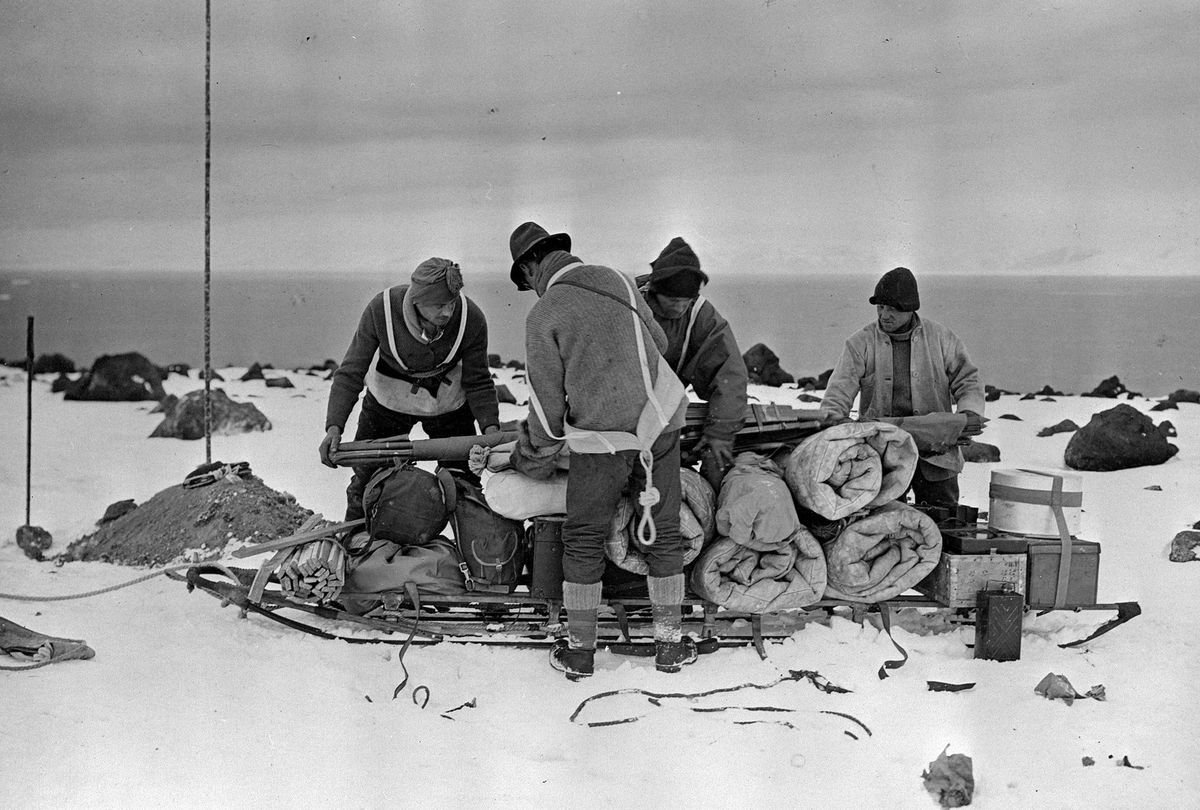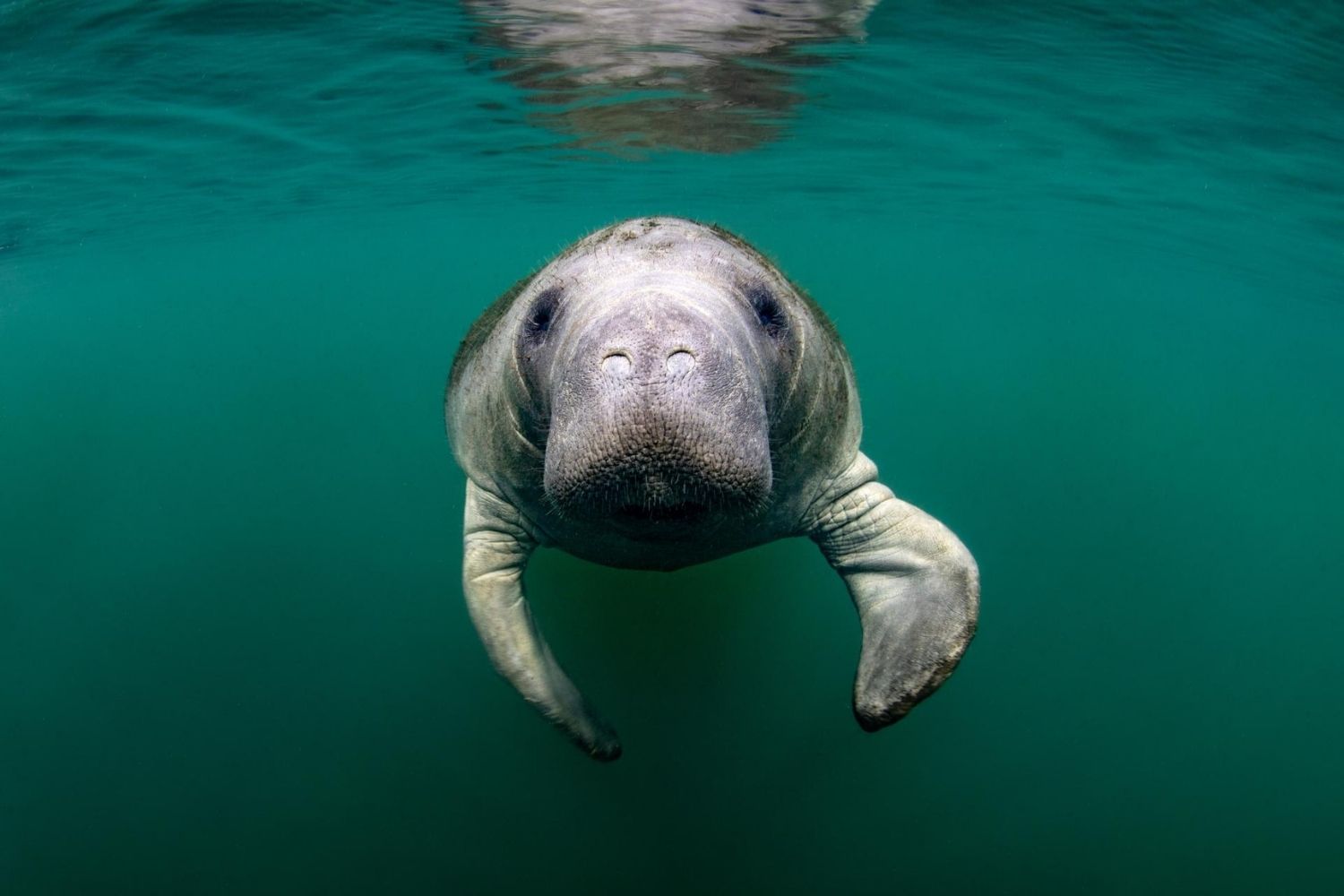
The Terra Nova Expedition remains one of the most gripping tales of exploration and endurance. Led by Robert Falcon Scott, this journey to the South Pole between 1910 and 1913 aimed to be the first to reach the southernmost point on Earth. Despite facing extreme conditions, Scott and his team pushed forward with determination. Sadly, they were beaten by Roald Amundsen and his Norwegian team, who arrived first. The return journey proved fatal for Scott and his companions, but their story of bravery and perseverance continues to inspire. Here are 37 intriguing facts about this historic expedition that highlight its challenges, triumphs, and legacy.
Key Takeaways:
- The Terra Nova Expedition aimed to reach the South Pole and conduct scientific research. Despite facing challenges, the team made significant contributions to knowledge about Antarctica and its wildlife.
- The expedition's tragic end did not diminish its impact. The legacy of the Terra Nova Expedition lives on through its scientific findings, the resilience of its members, and the inspiration it continues to provide.
Terra Nova Expedition Overview
The Terra Nova Expedition was a British Antarctic mission led by Robert Falcon Scott between 1910 and 1913. It aimed to be the first to reach the South Pole, but it also had scientific goals. Here are some fascinating facts about this historic journey.
- The expedition was named after its ship, the Terra Nova, which means "New Earth" in Latin.
- Robert Falcon Scott led the mission, having previously attempted to reach the South Pole during the Discovery Expedition (1901-1904).
- The Terra Nova set sail from Cardiff, Wales, on June 15, 1910.
- The team consisted of 65 men, including scientists, sailors, and support staff.
- The expedition's primary goal was to reach the South Pole, but it also aimed to conduct scientific research in various fields.
The Journey to Antarctica
The voyage to Antarctica was long and treacherous. The team faced numerous challenges even before setting foot on the icy continent.
- The Terra Nova encountered severe weather conditions, including a major storm that almost sank the ship.
- The ship had to navigate through thick pack ice, which slowed progress significantly.
- Upon arrival, the team established a base camp at Cape Evans on Ross Island.
- The base camp was named after Lieutenant Edward Evans, the second-in-command of the expedition.
- The team brought along 19 Siberian ponies, 33 dogs, and three motor sledges to aid in their journey.
Scientific Achievements
Despite the tragic outcome, the Terra Nova Expedition made significant contributions to scientific knowledge.
- The team conducted extensive geological surveys, collecting over 40,000 rock samples.
- They discovered new species of marine life, including fish and invertebrates.
- Meteorological data was collected throughout the expedition, providing valuable insights into Antarctic weather patterns.
- The team studied the behavior and physiology of Emperor penguins, including their breeding habits.
- They also conducted experiments on the effects of extreme cold on human physiology.
The Race to the South Pole
The race to the South Pole was a dramatic and intense part of the expedition. Scott's team faced fierce competition from a Norwegian team led by Roald Amundsen.
- Amundsen's team reached the South Pole on December 14, 1911, beating Scott by 34 days.
- Scott's team reached the South Pole on January 17, 1912, only to find the Norwegian flag already planted.
- The disappointment of arriving second weighed heavily on Scott and his men.
- The return journey proved to be even more challenging than the trek to the pole.
- Severe weather, frostbite, and exhaustion took a toll on the team.
The Tragic End
The return journey from the South Pole was marked by tragedy. Scott and his team faced insurmountable challenges that ultimately led to their demise.
- Edgar Evans was the first to perish, succumbing to injuries and exhaustion on February 17, 1912.
- Lawrence Oates, suffering from severe frostbite, famously walked out of the tent into a blizzard, saying, "I am just going outside and may be some time."
- Oates' self-sacrifice occurred on March 16, 1912, in an attempt to save his comrades.
- Scott, Henry Bowers, and Edward Wilson made it to within 11 miles of a supply depot before succumbing to the elements.
- The final entry in Scott's diary was dated March 29, 1912, indicating that the remaining team members likely died around that time.
Legacy and Impact
The Terra Nova Expedition left a lasting legacy, both in terms of scientific contributions and the human spirit's resilience.
- The bodies of Scott, Bowers, and Wilson were discovered by a search party in November 1912.
- Scott's final letters and diary entries were found with the bodies, providing a detailed account of the expedition's final days.
- The expedition's scientific findings were published in a series of reports, contributing to various fields of study.
- Scott became a national hero in Britain, symbolizing courage and determination.
- The story of the Terra Nova Expedition has been the subject of numerous books, documentaries, and films.
Interesting Tidbits
Beyond the well-known facts, there are many lesser-known details about the Terra Nova Expedition that add depth to its story.
- The team used a specially designed hut at Cape Evans, which still stands today as a historical site.
- The expedition faced financial difficulties, relying on public donations and government grants.
- Scott's wife, Kathleen, was an accomplished sculptor who created a memorial statue of her husband.
- The expedition's photographer, Herbert Ponting, captured some of the earliest film footage of Antarctica.
- Ponting's photographs and films have become iconic representations of the expedition.
- The Terra Nova ship continued to serve in various capacities until it sank off the coast of Greenland in 1943.
- The legacy of the Terra Nova Expedition continues to inspire explorers and adventurers to this day.
The Legacy of the Terra Nova Expedition
The Terra Nova Expedition remains one of the most compelling stories of human endurance and exploration. Despite the tragic end, the journey provided invaluable scientific data and inspired countless future explorers. The bravery and determination of Robert Falcon Scott and his team continue to be remembered and honored. Their story serves as a reminder of the harsh realities of polar exploration and the relentless pursuit of knowledge. The expedition's contributions to geography, biology, and meteorology have had lasting impacts. While the team didn't achieve their ultimate goal of being the first to reach the South Pole, their legacy endures through their scientific achievements and the indomitable spirit they displayed. The Terra Nova Expedition is a testament to human curiosity and the drive to push beyond known boundaries, leaving a lasting mark on history.
Frequently Asked Questions
Was this page helpful?
Our commitment to delivering trustworthy and engaging content is at the heart of what we do. Each fact on our site is contributed by real users like you, bringing a wealth of diverse insights and information. To ensure the highest standards of accuracy and reliability, our dedicated editors meticulously review each submission. This process guarantees that the facts we share are not only fascinating but also credible. Trust in our commitment to quality and authenticity as you explore and learn with us.


